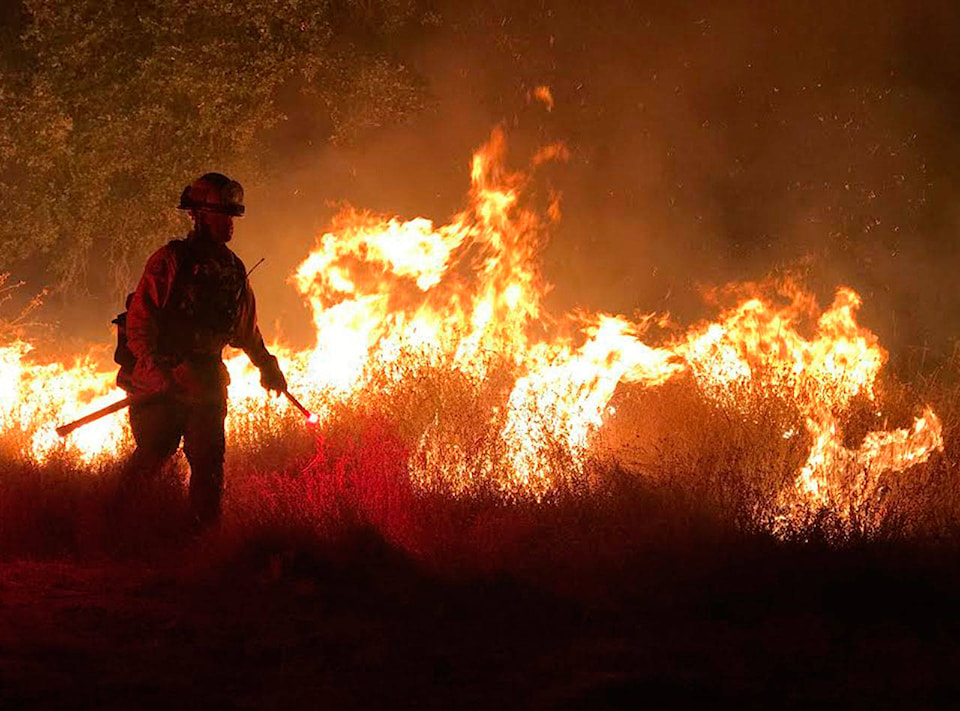As the wildfires rage on throughout the province, one of the messages coming from those on the front line is that getting these fires under control is difficult due to lack of resources.
Even with firefighters brought in from across the country and from other nations, the BC Wildfire Service is struggling with a lack of firefighters and equipment.
The local incident management team, based at Sylvia’s Cafe on Nazko Road, for example, told the Observer this week they don’t have enough helicopters for the Baezaeko Complex. They have 14 helicopters to cover four large fires.
But now that a provincial state of emergency has been declared, more resources have been brought in, including Canadian troops arriving to help with fire mop-up efforts and other tasks. Around 200 troops arrived in the Okanagan this week. Still, fires continue to blaze out of control.
Mother Nature of course plays an important role in fire suppression (or lack thereof), and her whims cannot be overlooked. But a question that comes to mind, when we think back to last year’s fire season, and look around us, through the smoke, at where we’ve ended up this year: why were more firefighters not brought on and trained in anticipation of another potentially bad fire season?
This is, after all, the “New Normal,” as people keep telling us. It was even in the title of the independent BC Flood and Wildfire Review, “Addressing the New Normal: 21st Century Disaster Management in British Columbia,” published earlier this year.
The review put forth a number of recommendations – 108 to be exact – in the event of future disasters. But the review came out in May 2018. How actionable were those recommendations for the 2018 fire season, which began a few months later?
B.C. Premier John Horgan said at a press conference in Prince George recently that the province was about halfway through implementing recommendations in the report when this year’s fire season arrived. Gosh! Who could have predicted fire season would begin again when summer rolled around?
In a conversation with MLA Coralee Oakes, the politician pointed out that rural fire departments and other emergency responders in smaller communities like ours are still not being used to their full potential to help battle the fires. Considering the cost of the firefighting efforts currently in operation, wouldn’t a few well-placed dollars put towards training up local departments on wildfire techniques have been well spent last fall?
The number of hectares burned so far may be lower than last year, but the widespread impact of the fires is being felt by people all over the province.
It’s difficult to watch our acres of trees burn and not wonder whether we could have been more prepared.
Quesnel Cariboo Observer
